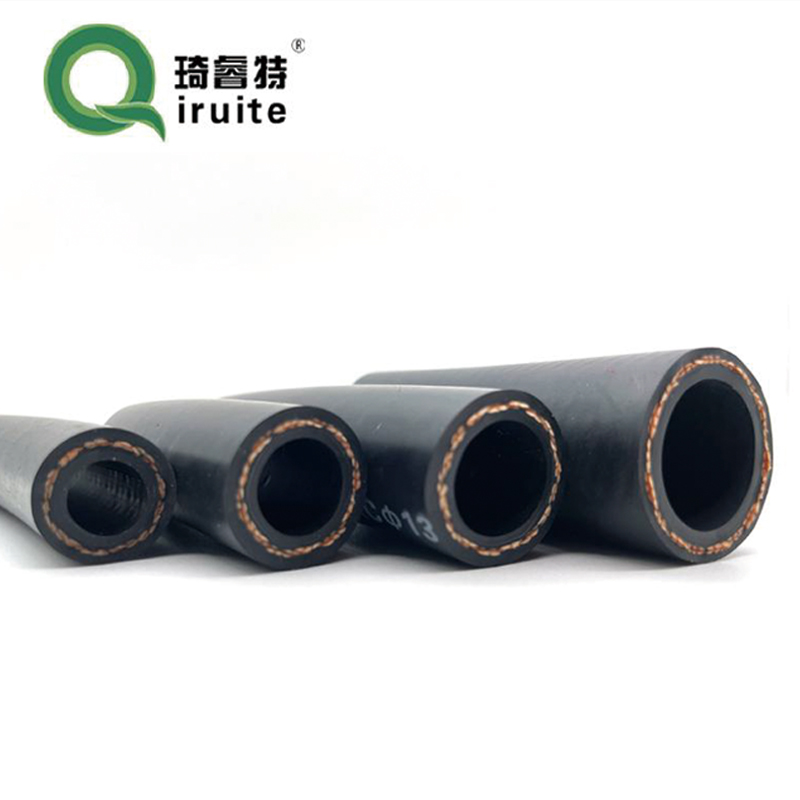Effective Solutions to Prevent Power Steering Hose Leaks in Your Vehicle
How to Stop Power Steering Hose Leak A Comprehensive Guide
Power steering is a vital component in modern vehicles, allowing for easy steering and maneuverability. However, if you notice a puddle of fluid beneath your car or a whining noise when turning the steering wheel, it may indicate a power steering hose leak. Addressing this issue promptly is essential not only for your vehicle's performance but also for your safety on the road. This article will guide you through the steps to diagnose and fix a power steering hose leak effectively.
Understanding Power Steering Hoses
Power steering hoses are crucial for transferring hydraulic fluid from the power steering pump to the steering gear. Over time, these hoses can wear out due to heat, pressure, and aging, leading to cracks or leaks. There are typically two main types of hoses high-pressure and low-pressure hoses. Identifying which hose is leaking is the first step in solving the problem.
Symptoms of a Power Steering Hose Leak
1. Fluid Puddles A tell-tale sign of a leak is fluid pooling underneath the vehicle, usually near the front. 2. Whining Noise If you hear a whining or groaning sound when you turn the steering wheel, it can indicate low fluid levels, often caused by a leak. 3. Stiff Steering Wheel A noticeable change in steering response could also be a sign of fluid loss affecting the steering assist.
Steps to Diagnose the Leak
1. Visual Inspection Begin by inspecting the power steering hoses for any visible signs of wear, cracks, or corrosion. Use a flashlight to check for fluid trails, which can be a clear indicator of a leak.
2. Check Fluid Levels Locate the power steering fluid reservoir (usually labeled) and check fluid levels. If the fluid is below the recommended mark, it’s a sign that there’s a leak somewhere in the system.
3. Pressure Test If you can’t find any visible leaks, consider conducting a pressure test. This requires specialized equipment and is often best performed by a professional mechanic.
how to stop power steering hose leak

Fixing the Leak
Once you’ve identified the source of the leak, you have a couple of options for repairs
1. Tightening Connections Sometimes, power steering hose leaks are due to loose connections. Carefully tighten any hose clamps or fittings that you find.
2. Temporary Sealant If you need an immediate fix, using a power steering hose sealant can be a temporary solution. However, this should not be considered a long-term fix.
3. Replace the Hose If the hose is severely cracked or damaged, the best solution is to replace it entirely. Here’s how to do it
- Gather Tools and Materials You’ll need a new power steering hose, wrenches, a screwdriver, and possibly additional tools depending on your vehicle model. - Drain the Fluid Before replacing the hose, drain existing fluid from the reservoir. This will prevent spills during replacement. - Remove the Old Hose Loosen the clamps and fittings, and carefully remove the old hose from both the power steering pump and the steering gear. - Install the New Hose Attach the new power steering hose, ensuring that it’s secured tightly at both ends. - Refill Fluid Refill the power steering fluid reservoir with the appropriate fluid type as specified in your vehicle’s manual. - Test the System Start the engine and turn the steering wheel from lock to lock several times to bleed any air from the system. Check for any leaks during this process.
4. Professional Help If the problem persists or if you’re unsure about handling it yourself, it’s advisable to consult a professional mechanic.
Conclusion
Stopping a power steering hose leak is crucial for maintaining the functionality and safety of your vehicle. Regular inspections and timely repairs can prevent minor leaks from turning into major issues. By following the steps outlined above, you can address a power steering hose leak effectively. Always remember, when in doubt, it’s best to seek help from a professional mechanic. Safe driving starts with a well-maintained vehicle.
-
Ultimate Spiral Protection for Hoses & CablesNewsJun.26,2025
-
The Ultimate Quick-Connect Solutions for Every NeedNewsJun.26,2025
-
SAE J1401 Brake Hose: Reliable Choice for Safe BrakingNewsJun.26,2025
-
Reliable J2064 A/C Hoses for Real-World Cooling NeedsNewsJun.26,2025
-
Heavy-Duty Sewer Jetting Hoses Built to LastNewsJun.26,2025
-
Fix Power Steering Tube Leaks Fast – Durable & Affordable SolutionNewsJun.26,2025

